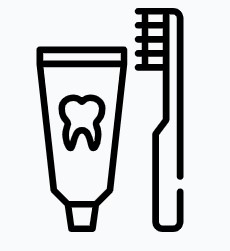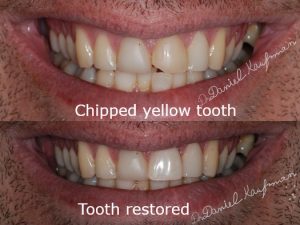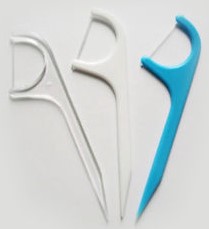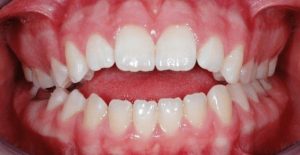What Is In the Toothpaste?
Standard (non-organic) toothpaste usually contain:
- Abrasives to clean bacterial film and debris from your teeth. The common abrasives used are, Calcium carbonate, dehydrated silica gels, hydrated aluminum oxides, magnesium carbonate, phosphate salts and silicates. Silica is usually the whitening ingredient in most whitening toothpastes.
- Detergents for cleaning and the foamy sensation we expect from toothpaste. The common ones are, sodium lauryl sulfate, sodium N-Lauryl sarcosinate.
- Fluoride – in different concentrations, toothpaste for children will have less fluoride than in the adult toothpaste.
- Flavoring compounds including sweeteners such as saccharine.
- Special ingredients that are aimed at different oral conditions, such as tetrasodium pyrophosphate for tartar control, potassium nitrate or strontium chloride to reduce tooth sensitivity, Stannous fluoride and triclosan for reducing gum inflammation and removing plaque.
- Moistening compounds to keep the toothpaste moist and easy to extrude from the tube. The common ones are, glycerol, propylene, glycol and sorbitol.
- Binders to prevent the various ingredients from separating. The common ones are, mineral colloids, natural gums, seaweed colloids or synthetic cellulose.
Organic toothpaste tends to be paraben free, sulfate free, and do not contain Sodium Lauryl/Laureth Sulfate, and artificial colors or flavors or sweeteners. It may contain natural preservatives. If you tend to get of small pimples or rashes around your lips, or canker sores inside your mouth you may want to try an organic toothpaste that does not contain Sodium Lauryl/Laureth Sulfate. There are people with an allergy to these compounds.
Do I have to use tooth paste to clean my teeth?
Dental plaque is a sticky, colorless biofilm of bacteria and sugars that is constantly being formed on our teeth. Dental plaque is acidic, it will break down tooth enamel and dentine to cause cavities. Dental plaque can also irritate your gums, causing gingivitis, infections and eventually tooth loss. Brushing your teeth with a product designed to make your mouth feel fresh is a pleasure. But from a practical standpoint, that tasty paste is unnecessary. You can remove food debris and plaque from your teeth without using toothpaste. Just a soft toothbrush and good brushing techniques will remove plaque. Flossing, limiting sugary food and drinks, and regular checkups and professional cleanings should keep your teeth in top shape.



